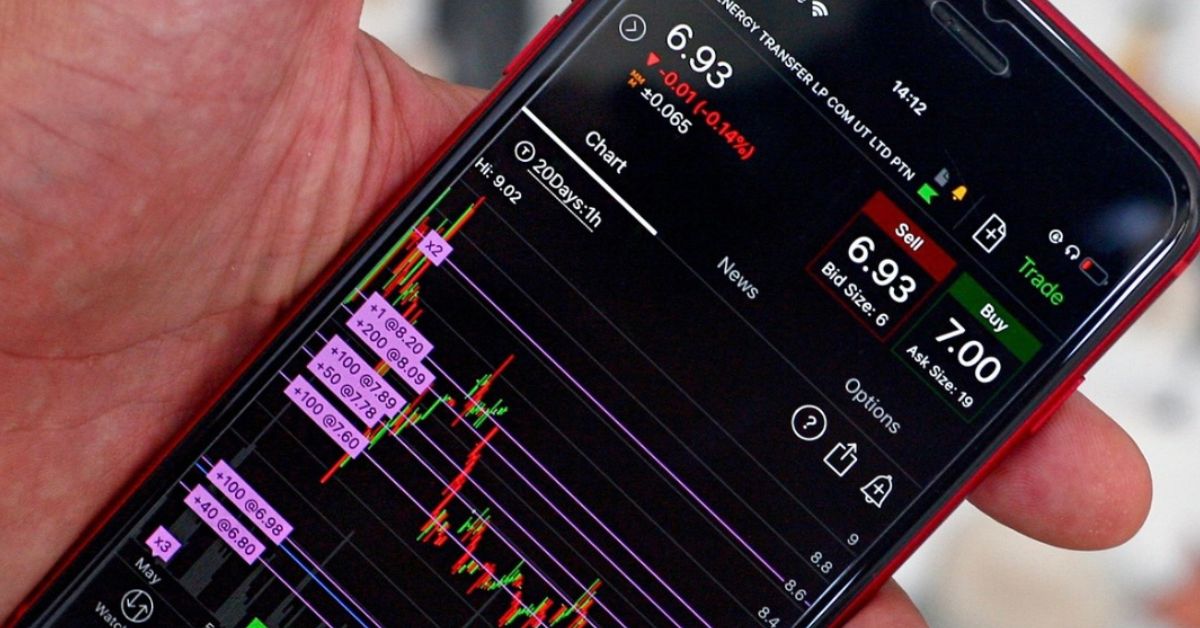Forex trading, short for foreign exchange trading, involves the buying and selling of currencies on the foreign exchange market with the aim of making a profit. It is the largest and most liquid financial market globally, where participants, including individual traders, institutional investors, and financial institutions, exchange one currency for another based on exchange rates. The goal of forex trading is to capitalize on fluctuations in currency values, taking advantage of price movements to buy or sell currencies at opportune moments.
Forex trading, or foreign exchange trading, has gained immense popularity as a lucrative investment opportunity. While the prospect of trading currencies can be exciting, it is crucial to approach it with a well-thought-out plan. In this guide, we’ll break down the steps to help you start forex trading with confidence.
Step 1: Education and Research
Before diving into the world of forex, it’s essential to understand the basics. Familiarize yourself with key terms, market dynamics, and the factors influencing currency movements. Numerous online resources, courses, and books provide valuable insights into the intricacies of forex trading. Additionally, keeping up with financial news and analysis will enhance your understanding of the global economy and its impact on currency pairs.
Step 2: Choose a Reliable Broker
Selecting the right forex broker is a critical decision. Look for a broker with a good reputation, regulatory compliance, and a user-friendly trading platform. Consider factors such as transaction costs, available currency pairs, and customer support. Opening a demo account with your chosen broker allows you to practice trading without risking real money, honing your skills and familiarizing yourself with the trading platform.
Step 3: Develop a Trading Plan
A well-structured trading plan serves as your roadmap in the forex market. Define your financial goals, risk tolerance, and time commitment. Determine the trading strategy that aligns with your objectives—whether it’s day trading, swing trading, or long-term investing. Establish clear entry and exit points, as well as risk management rules to protect your capital.
Step 4: Risk Management
Effective risk management is fundamental to successful forex trading. Set a realistic risk-reward ratio for each trade, ensuring that potential losses are manageable. Avoid risking more than a small percentage of your trading capital on any single trade. Utilize tools like stop-loss orders to automatically exit a trade when predefined conditions are met, minimizing potential losses.
Step 5: Choose Currency Pairs Wisely
There are numerous currency pairs available for trading, categorized into major, minor, and exotic pairs. Major pairs involve the most widely traded currencies, offering liquidity and lower spreads. Minors and exotics involve currencies from smaller economies, carrying higher risks but also greater potential rewards. Choose pairs that align with your trading strategy and risk tolerance.
Step 6: Analyze the Markets
Two primary methods of market analysis, fundamental and technical help traders make informed decisions. Fundamental analysis involves assessing economic indicators, interest rates, and geopolitical events that impact currency values. Technical analysis relies on charts, patterns, and statistical tools to predict future price movements. Combining both approaches can provide a comprehensive view of the market.
Step 7: Start Trading with a Small Account
Begin trading with a small account to gain practical experience while minimizing potential losses. As you build confidence and expertise, you can gradually increase your trading size. Consistency and discipline are key; resist the urge to chase profits or deviate from your trading plan due to emotional reactions.
Step 8: Continuous Learning and Adaptation
The forex market is dynamic, and staying informed about market trends and evolving strategies is crucial. Engage in ongoing education, attend webinars, and read market analyses to stay ahead. Be prepared to adapt your trading plan based on changing market conditions and lessons learned from your experiences.
Step 9: Monitor and Evaluate Performance
Regularly review your trading performance to identify strengths and weaknesses. Keep a trading journal to document each trade, noting the rationale behind your decisions and the outcome. Analyzing your performance helps refine your strategy, allowing you to continually improve as a trader.
Embarking on a forex trading journey requires careful preparation, education, and a disciplined approach. By following these step-by-step guidelines, you can lay a solid foundation for success in the dynamic world of forex trading. Remember that patience and continuous learning are essential as you navigate the challenges and opportunities presented by the global currency markets.

